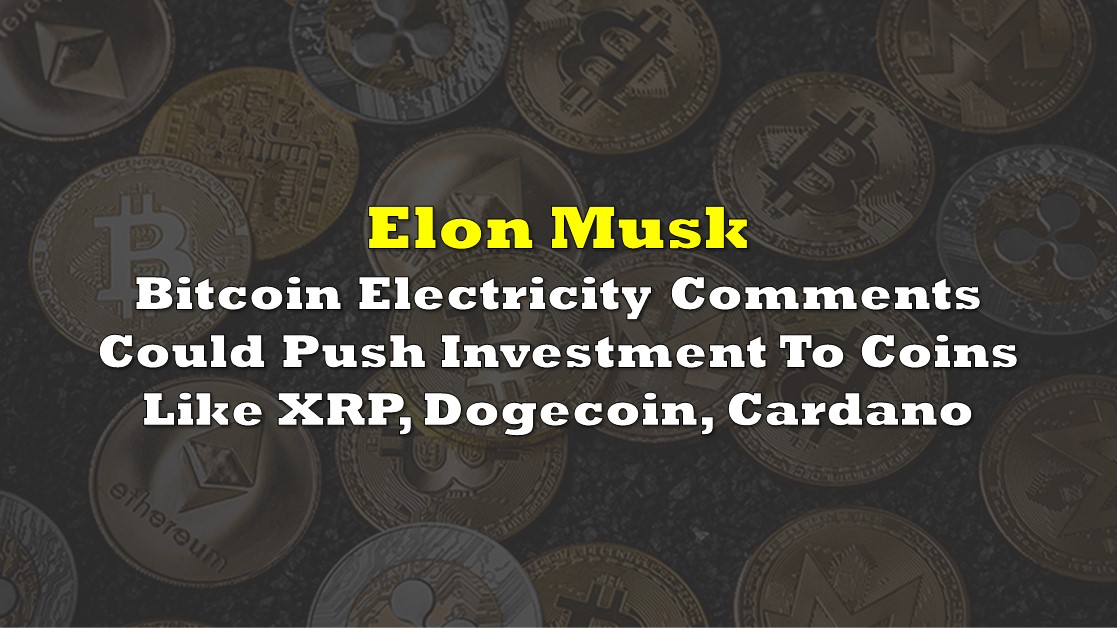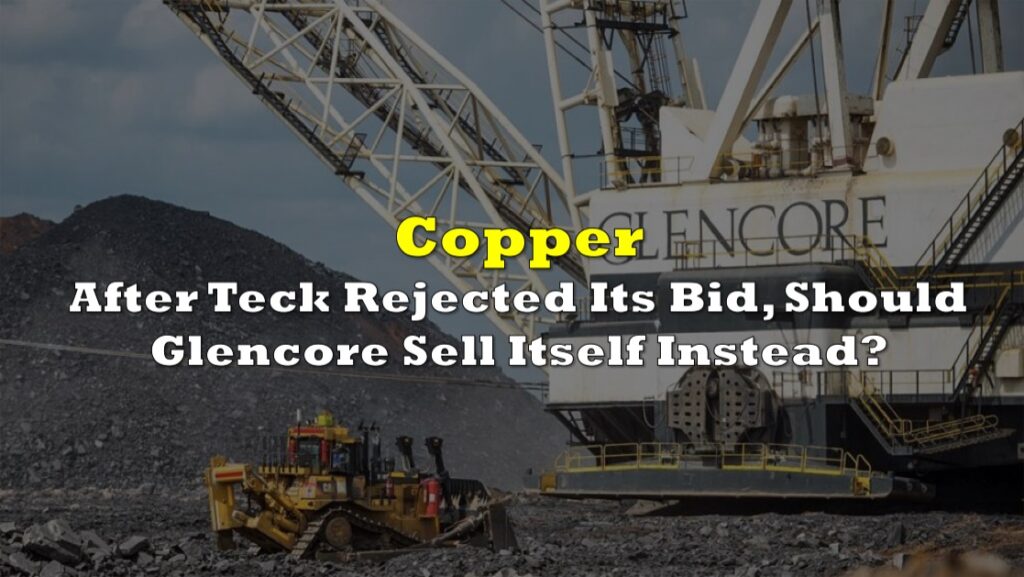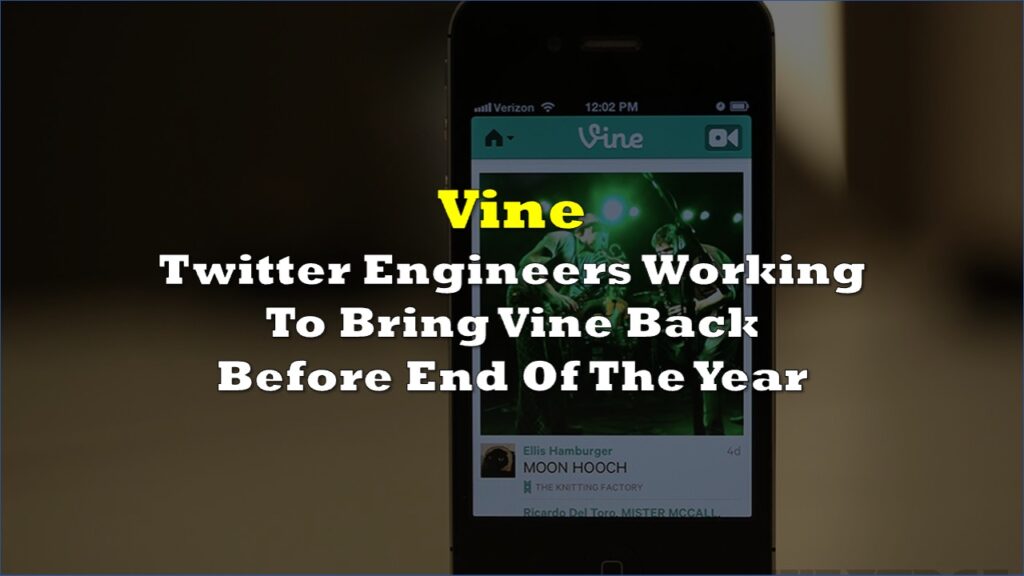Elon Musk’s May 13 tweet that Tesla will no longer accept Bitcoin as payment for Tesla vehicle purchases caused a market rout in Bitcoin and other leading cryptocurrencies. The Tesla CEO cited the adverse environmental consequences of Bitcoin mining (heavy electricity consumption) as the reason for this change.
Mr. Musk also said Tesla will, “look at other cryptocurrencies that use less than 1% of Bitcoin’s energy/transaction.” It is not clear if he was referring to permitting the use of such digital currencies to buy a Tesla car or Tesla’s potentially buying them as a treasury holding.
According to a mid-April 2021 study by Houston-based TRG Datacenters, the table below lists the kilowatt-hours consumed by various cryptocurrencies per transaction and as a percentage of Bitcoin’s per-transaction usage. Of those presented, XRP, Dogecoin and Cardano fit Mr. Musk’s minimal electricity consumption criteria.
| Cryptocurrency (Founding Year) | Kwh Consumed Per Transaction | Percentage of Bitcoin’s Consumption | Mining Model | Market Capitalization (US$ Billions) |
| Bitcoin (2009) | 707.00 | — | Proof of Work | $742 |
| Ethereum (2015) | 62.56 | 8.8487% | Proof of Work | $328 |
| Bitcoin Cash (2017) | 18.96 | 2.6813% | Proof of Work | $15 |
| Litecoin (2011) | 18.52 | 2.6198% | Proof of Work | $14 |
| Cardano (2017) | 0.55 | 0.0775% | Proof of Stake | $57 |
| Dogecoin (2013) | 0.12 | 0.0170% | Proof of Work | $50 |
| XRP (2012) | 0.01 | 0.0011% | Proof of Stake | $44 |
Proof of Work Versus Proof of Stake and Proof of Capacity Cryptocurrency Mining Models
Bitcoin, Ethereum and Litecoin miners mine their respective digital currencies via electricity-intensive Proof of Work algorithms. In all three cases, mining is performed at the nodes of a network where powerful computers solve extremely complex math problems. Indeed, the answer to such a problem is a long string of numbers called a hash, or proof of work. A slight change to any part of the input data would create a useless, unrecognizable hash.
The networks adjust the difficulty of the mathematical problem so that a valid hash is generated – thereby enabling a block to be added to the blockchain – on a preset schedule. Of course, many miners simultaneously compete to determine the correct hash. The first miner to do so receives the block award. Note that there is a significant amount of trial and error in the computational process to determine the correct hash so that luck, not just possessing the fastest computers, plays a role in determining which miner wins the rewards.
In a Proof of Stake (PoS) system, a miner is limited to mining a percentage of transactions that equates to its ownership stake. In other words, a miner which owns 2% of all available crypto-coins can mine only 2% of the blocks. The PoS framework is considered much more energy efficient and less vulnerable to cyberattack than a Proof of Work system. The cryptocurrencies XRP, Cardano and Nxt use the PoS framework, and Ethereum plans to transition to it.
A Proof of Capacity algorithm operates by having miners store a list of mathematical solutions on the hard drives of their mining computers prior to the start of mining activities. The larger the hard drive, the more possible solutions and the greater the chance of the miner matching the required hash value and winning the mining reward. This system requires less energy than either Proof of Stake or Proof of Work systems.
If cryptocurrency investors decide to focus their attention on the high energy and environmental costs associated with Bitcoin, as Elon Musk did this week, it is possible that the flow of crypto investment dollars could turn to other digital assets. The Cardano, XRP and Dogecoin cryptocurrencies consume far less electricity per transaction than Bitcoin; and XRP and Cardano employ a blockchain algorithm (Proof of Stake) which is much less energy intensive than Bitcoin’s Proof of Work system.
Bitcoin and Ethereum last traded at US$49,200 and US$3,670, respectively.
Information for this briefing was found via Sedar and the companies mentioned. The author has no securities or affiliations related to this organization. Not a recommendation to buy or sell. Always do additional research and consult a professional before purchasing a security. The author holds no licenses.









